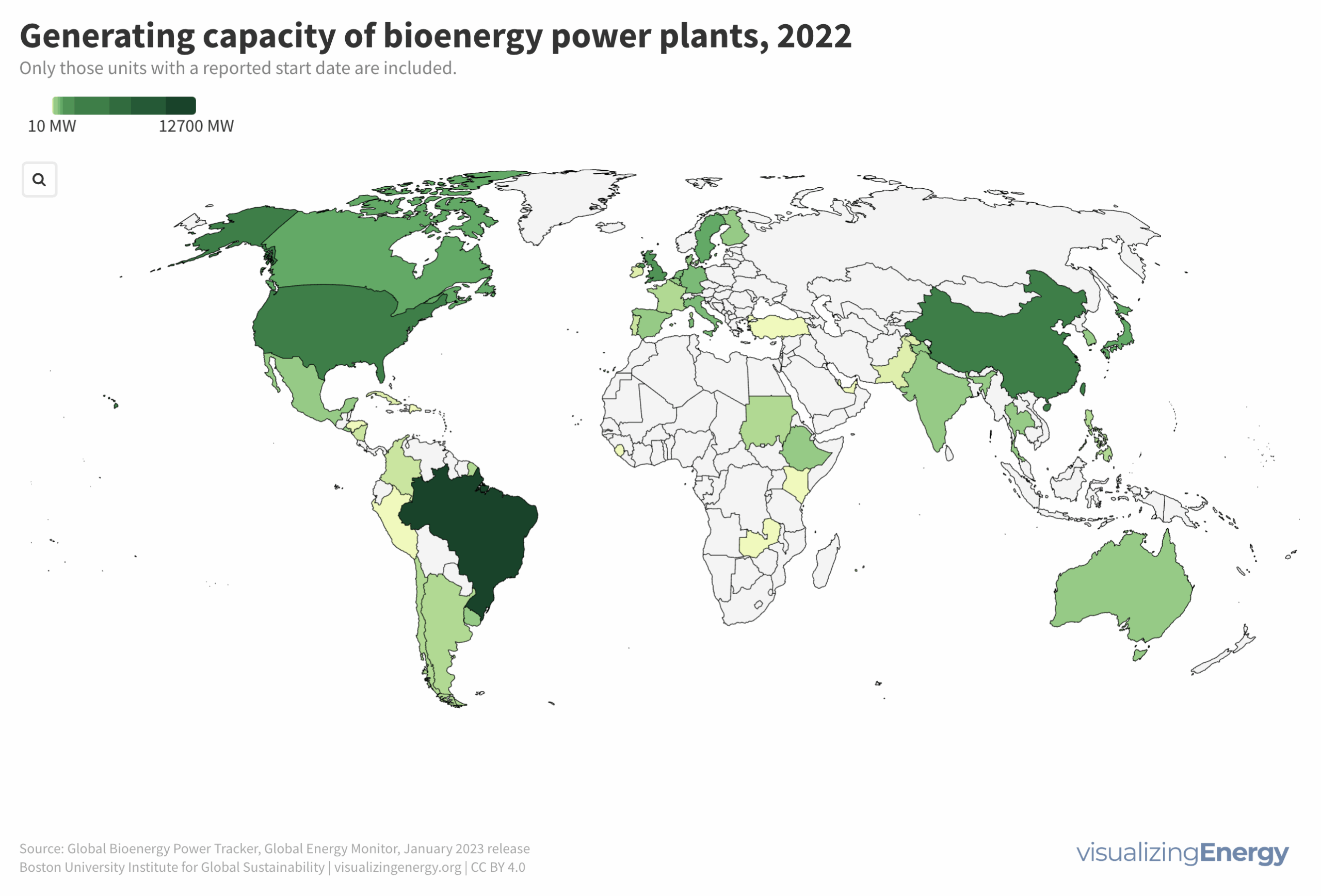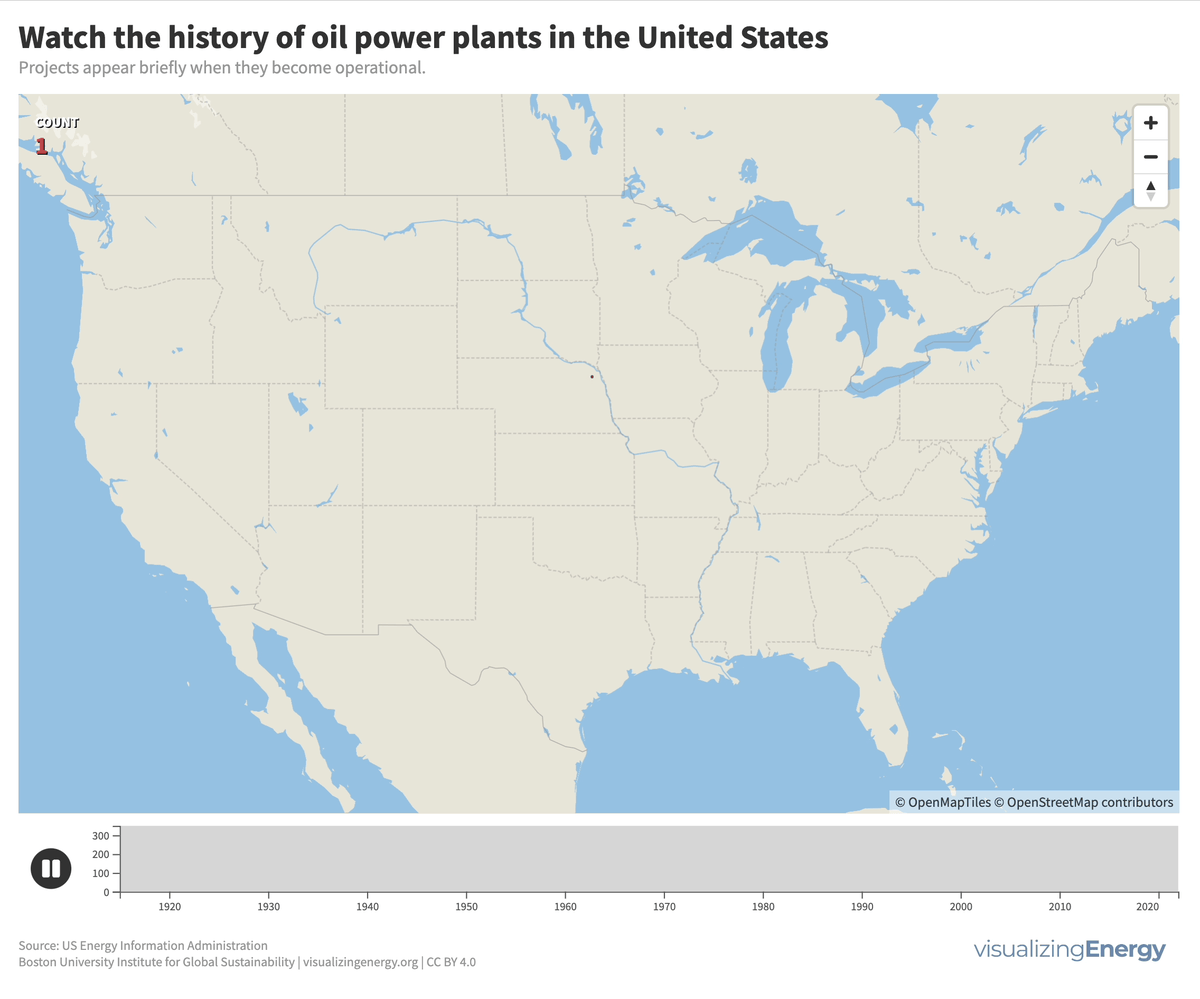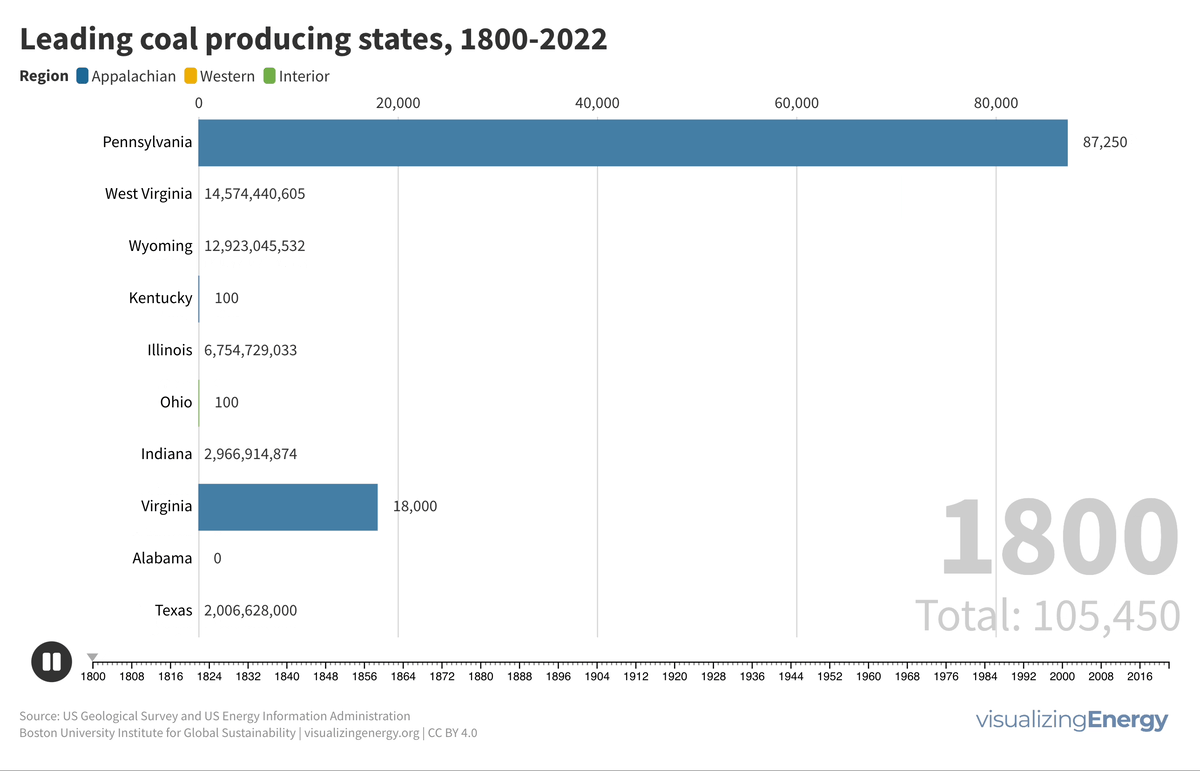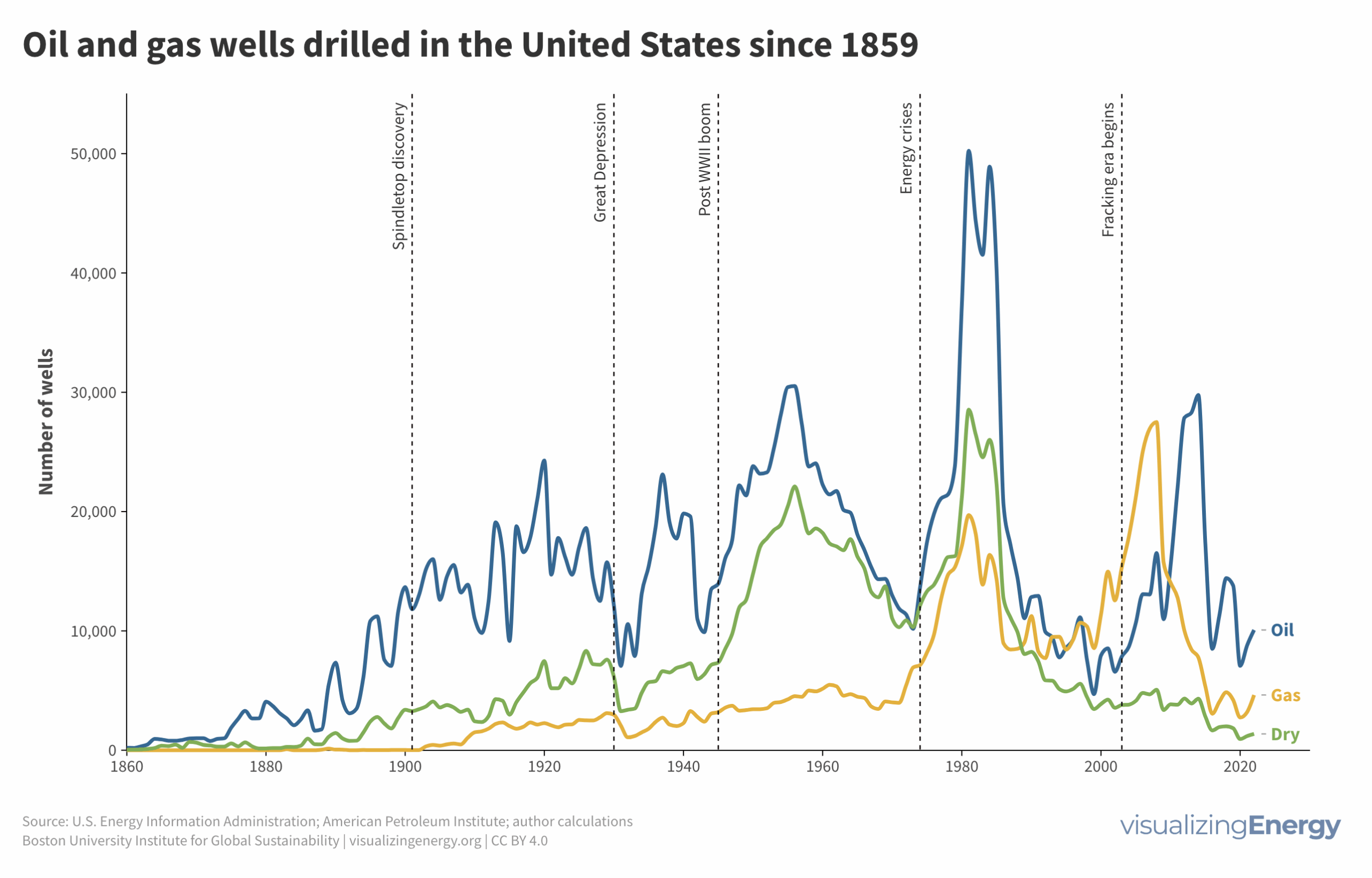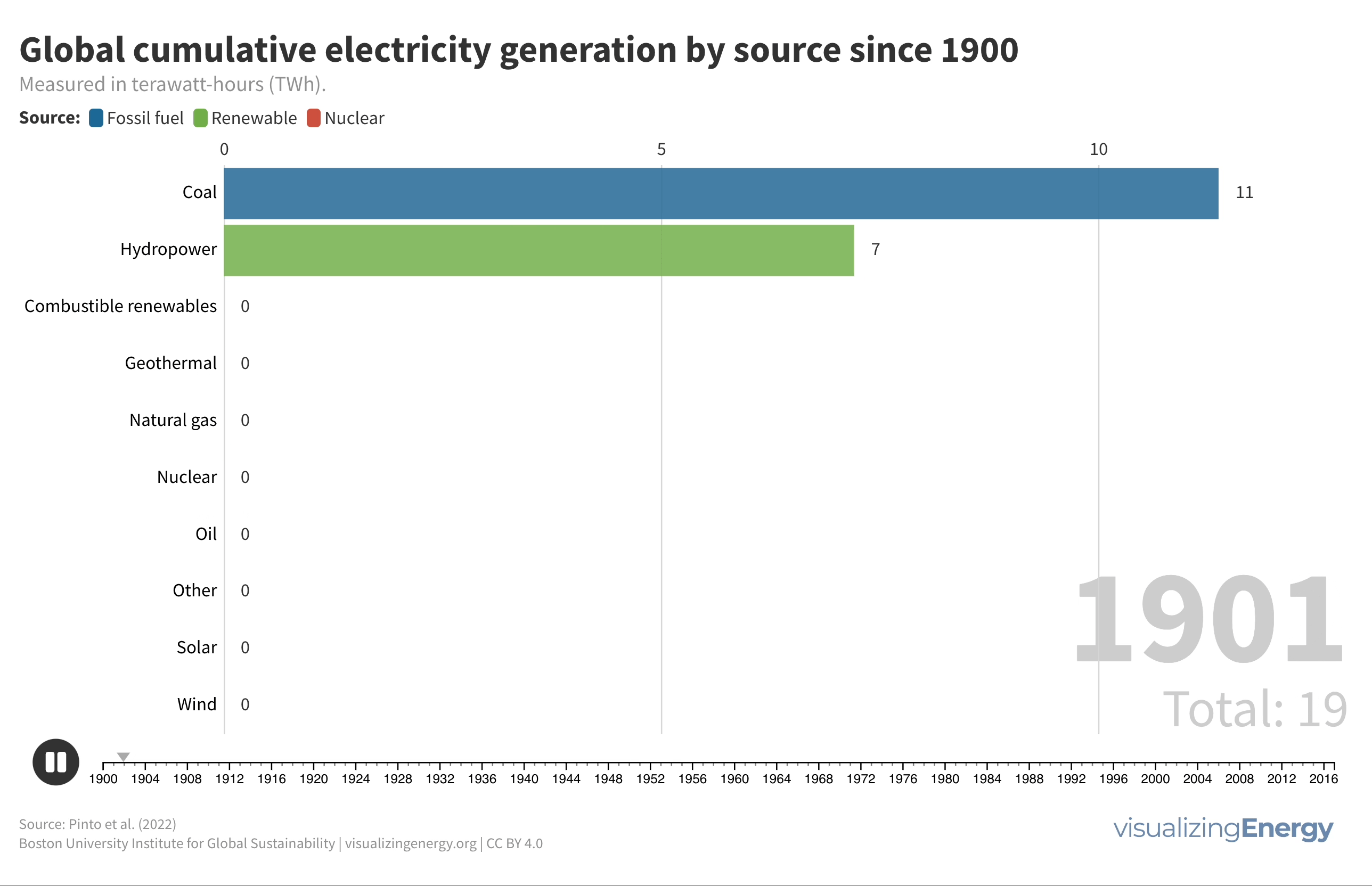
Watch the history of nuclear power in the U.S.
In 2022, the U.S. had 92 nuclear power plants generating 18% of total electricity. The industry, once a major player, declined due to high costs, long construction timelines, decreased demand, accidents, regulations, and market deregulation. There’s renewed interest in nuclear power to combat climate change, with the first new plant in 30 years, though debates continue on cost, safety, and alternative energy sources.

